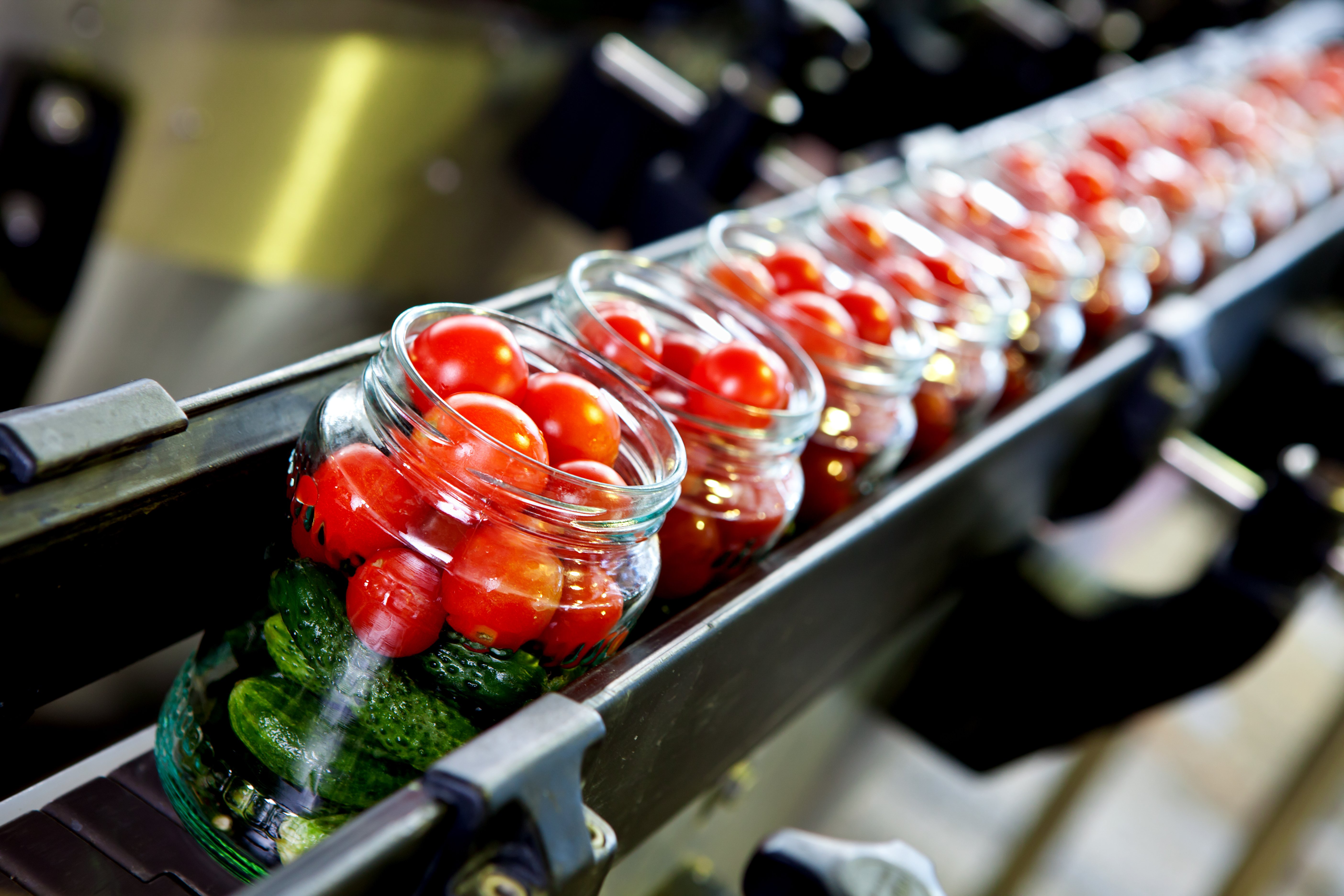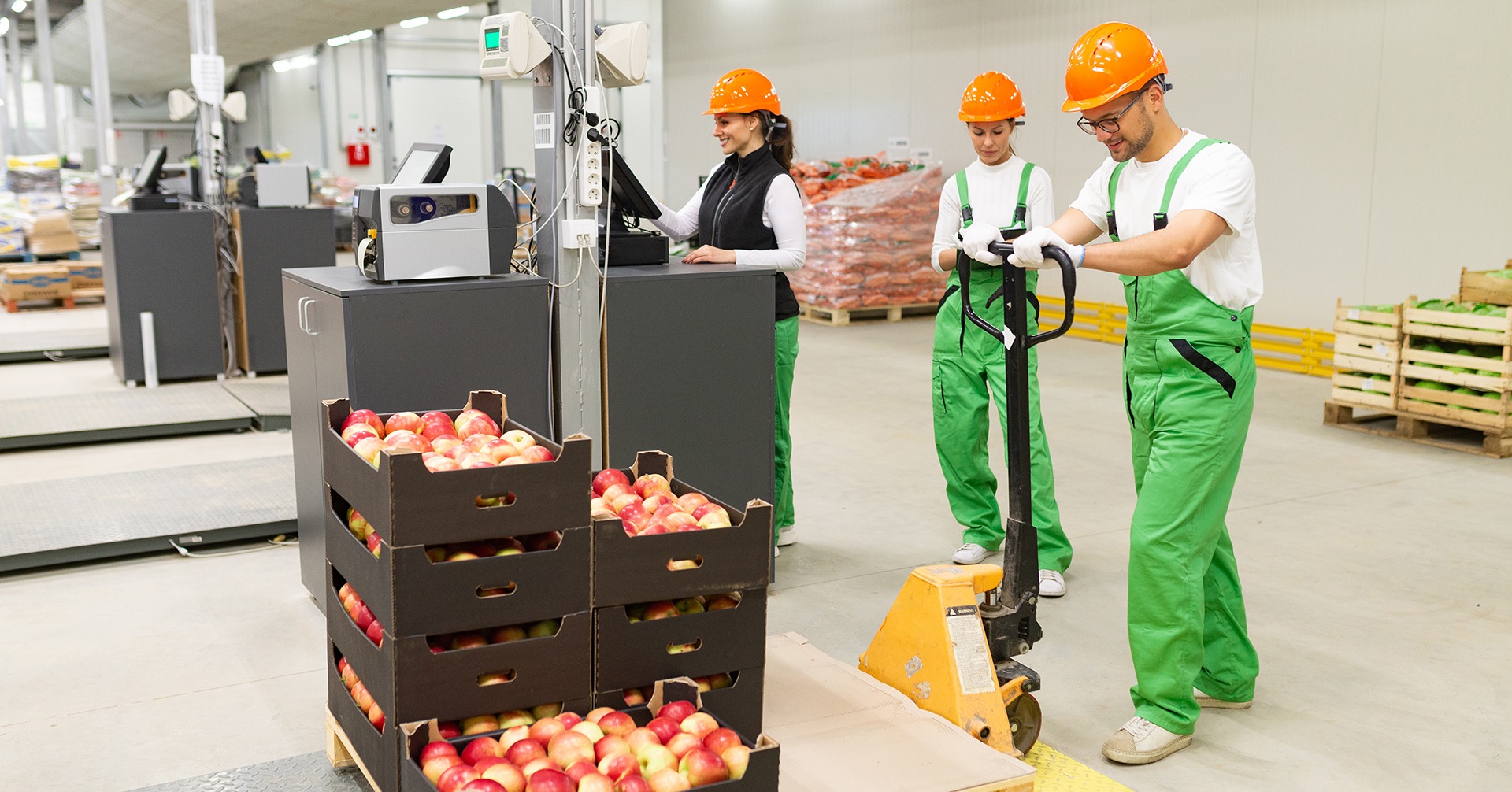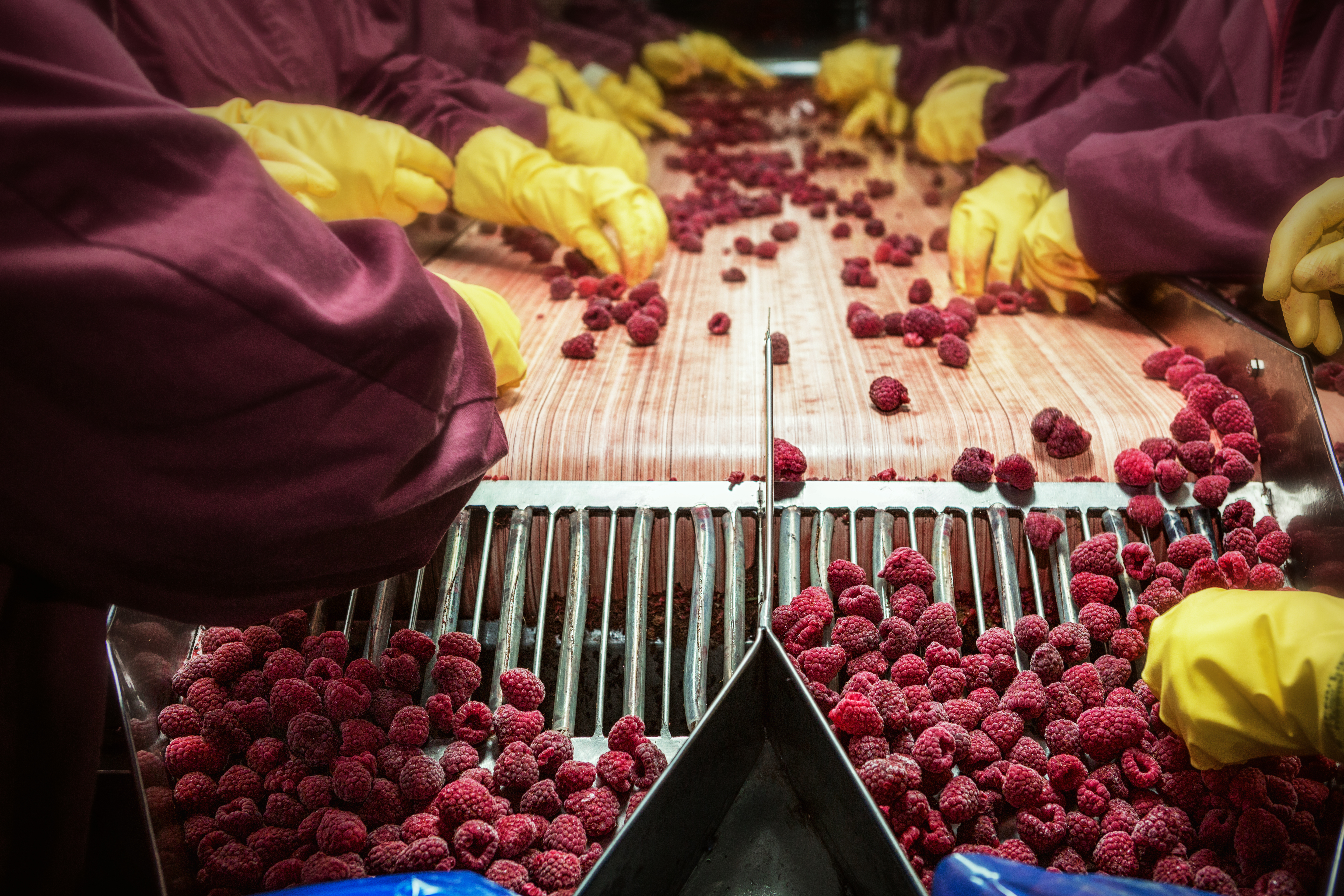Your profit margin is a metric that you’re always keeping an eye on. After all, it can reveal some important things about your food manufacturing business, such as whether you’ve priced your products correctly or if your operations are as efficient as they can be (leaner operations are often more competitive and profitable).
As well as monitoring your profit margins, you should also be striving to continuously improve it. With new cost related challenges faced by the food industry including the worldwide energy crisis, it’s clear that in order to avoid the inevitable squeeze on profits, manufacturers must embrace change and seek new ways to boost their revenue.
Here are six ways you can increase profit margins within your operations.
- Improve inventory visibility
- Reduce waste
- Stay innovative to tackle rising energy costs
- Stay ahead of market and consumer trends
- Boost your average order value
- Improve supplier relationships
1. Improve inventory visibility
Enhance the way you’re managing your inventory and you can:
- Eliminate unsold stock – food manufacturers face the additional challenge of perishable food items spoiling quickly, so by identifying ‘dead’ stock, you can replace the extra warehouse space created with your fast-moving products
- Reduce the amount of product recalls – food safety fears have placed increased pressures on manufacturers to improve cross-contamination efforts. With better visibility, the chance of a recall will be lowered significantly, meaning you’ll avoid the reputational and cost risks it’ll bring

- Make better informed decisions relating to your inventory – this allows you to become more strategic with the items you purchase, and for any excess stock of underperforming products, you can increase your sales and marketing efforts towards them
2. Reduce waste
The waste that occurs as a result of your manufacturing processes is unavoidable, but that’s not to say that you can’t cut it down. Here, we’ll focus on two key areas that’ll impact your profit margins - the tangible waste that’s produced and the non-tangible waste that’s produced as a result of process inefficiencies.
Tackle your food waste
Currently, it’s found that food manufacturers contribute towards roughly 16% of waste in the UK a year, which may not seem as significant as the 70% of waste produced by households. But think about it: you’re using energy, water, and other resources to produce food that leads to no sale.
If you’re inaccurately forecasting the quantity of ingredients to purchase pre-production for example, not only are you overspending but you’re also missing out on opportunities to increase the production of your best-selling products.

To prevent food waste, look towards improving your traceability so you can track all of the ingredients across your production lines, allowing you to better predict when you’ll need to reorder. You can learn more about the importance of food traceability and tips on how to choose the right traceability software here.
Streamline your operations and processes to reduce operating costs
The bigger your business is, the more processes, people, and systems you’ll likely have. That’s a lot of information and data being passed around. Avoid creating siloes and working from disparate systems - you need to be able to see what’s happening across your entire business and supply chain in real-time.
Technology like a food-specific ERP system can integrate with multiple systems so you and your teams can gain a single view of the business. There’s no need to spend hours or even days pulling together data for a report. Often, by the time it’s sent to the team that requested it, some of the data is already out-of-date.
All of the data from your core systems is centralised so finding what you need is quick and easy. Reports can be automatically generated in real-time ensuring your data is accurate, saving time that you can now spend on other higher-value tasks to increase revenue.
3. Stay innovative to tackle rising energy costs

With over 60% of UK food and drink businesses being largely affected by energy crisis – the highest of any industry – there’s no better time to start being innovative with your processes to increase your profitability. You can do this by:
- Finding new ways of disposing your food waste – emerging apps in the market such as Too Good To Go benefits both you and consumers, with a platform to sell your soon expiring food items at a discounted rate
- Adding ‘ugly’ fruits and vegetables to your portfolio – give a second life to food that has minor defects with new product lines, such as Tesco’s ‘Perfectly Imperfect’ range
- Managing the production of your co and by-products - helping you identify opportunities for potential revenue streams
4. Stay ahead of market and consumer trends
The market and consumer expectations are constantly changing. If you don’t at least keep up with them, your customers will choose other brands/companies whose values they feel align better with theirs.

Let’s take the rise of plant-based diets, which has boomed in recent years with over 7.2 million adults in the UK following this diet. For food manufacturers, this opens up opportunities to capitalise and expand profit margins further by incorporating vegan product ranges, allowing them to stay relevant. Here are just a few examples of companies taking this trend by storm:
- Birds Eye with their ‘Green Cuisine’ brand, investing £4.4 million pounds into their marketing campaign
- Burger King is aiming to have their menu 50% meat-free by 2030
- M&S have ensured their Percy Pig sweets are 100% vegan friendly
The best approach is to stay ahead of trends like this so you’re prepared for any changes and can act accordingly. Technology can help you better predict how the market and customer expectations will change by automatically analysing data trends and offering intuitive predictions. You can then use that knowledge to make better-informed business decisions.
For instance, customer sales histories and demographics can be analysed to uncover buying patterns and cross-referenced with the predicted impact of upcoming events (such as weather or a political change). This can make it easier to predict how buying behaviour might change and which part of your supply chain you should be fortifying to prepare for impact.
5. Boost your average order value
One of the fastest ways to increase your profit margins is to boost your average order value from your current customers. They’re already engaging with your company and brand, so why not entice them into making additional purchases on top of what they originally came for?

This presents the perfect opportunities for up and cross-selling. If you can easily access your customer data (e.g., their purchase history and past interactions with your company), you can use technology (like AI) to further improve those insights.
As a result, you can use what you’ve learnt from their buying patterns and preferences to offer additional products to complement what they’ve already bought or are looking to buy. These tailored recommendations are much more effective than generic alternatives based on guesswork and a vague demographic.
6. Improve supplier relationships
If you can build closer, stronger relationships with your suppliers, you could be able to:
- Negotiate better deals (discounts and offers work even better if you’re a long-time customer and are purchasing in bulk)
- Work more closely together – Lidl have collaborated with its suppliers to tackle wider sustainability issues like plastic waste and carbon reduction, improving its corporate image that can lead to increased customer retention, and profits, for both parties
- Have open discussions on supply chain efficiency and tactics to become more cost-effective

Explore more ways you can increase the profit margins in the food industry
In this unpredictable day and age, it’s vital you stay in the know about the current challenges within the food industry that’ll impact your profitability, from product recalls to the energy crisis as we’ve addressed in this blog.
So, what other ways can you deal with these to keep your operating expenses low and your revenue high? In our future of food guide, we explore why technology is the answer, including:
- How automation improves quality control, food safety and waste reduction
- How the right solution can grow within your operations
Interested? Get your copy below.

